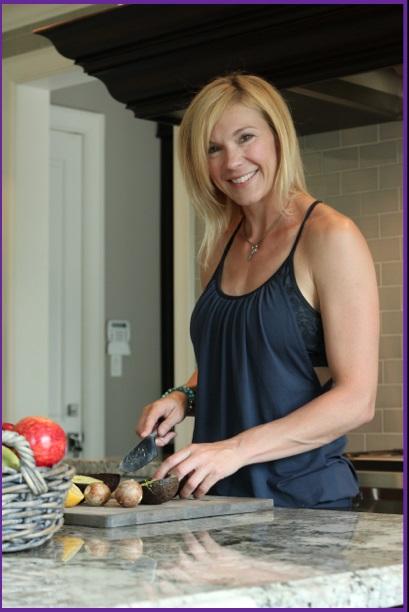Start Position– Lie on your side with your hips stacked one on top of the other. Flex your elbow and support your head in the palm of your hand.
To help lift and support your rib cage to a ‘slightly off the floor’ position, press the lower back part of the humerus of your standing arm into the floor. Simultaneously create a counter pull using Scapular Grounding. Equally lengthening both sides of the rib cage and lower torso, engage core support. Focusing on your Head–Tail Connection, lengthen your neck and thoracic spine to form a gradual oblique line from the top of your head to the base of your spine.
Maintaining a stable, neutral ribcage and pelvis, flex at the hips to form a 20° to 30° angle from torso to thighs. Your feet are now a few inches in front of the line of your spine. Knees are extended and muscularly supported with dorsiflexed ankles and feet stacked one on top of the other. The outer edge of the supporting foot is slightly everted and pressed against the floor to help stabilize the entire underside half of your lower Healthy Body.
Flex your top elbow and place your top hand on the floor in front of you at the level of the base of the sternum. Fingers point cephalad (i.e., toward your head) or forward (i.e., away from your Healthy Body) depending on comfort level and preference.
Press your palm into the floor, slightly shifting the weight of the ribcage forward into your hand. Notice the slight (forward) shift of the weight of your core into your palm. The flexed elbow reaches long against the counter pull of Scapular Grounding. These actions help keep the weight of your upper torso and top pelvic half slightly forward rather than slightly backward. Avoid rotating the torso or ribcage as your anchor your top arm.
Inhale– Inhale to lengthen your spine head-to-tail and to reach long through your heels. With your ankle in dorsiflexion, lift your top leg to hip level, abducting at the hip, not the waist line.
Exhale– Engage core support, stabilizing your torso and standing leg.
Inhale-Initiating distally, reaching through your heel, move your top leg into hip flexion. Keep the knee extended and the leg parallel to the floor.
Exhale– Plantar flex the top ankle. Lengthening the front of the thigh and top of your foot caudad, move the whole leg backward so the hip is in extension. Think of long rather than back. Eccentrically lengthen the front thigh muscles (i.e., hip flexors) while concentrically shortening the hamstrings and gluteus maximus (i.e., hip extensors). Counterbalance with core support, maintaining some Healthy Body weight on the front hand.
Inhale Dorsiflex the top ankle and, reaching through your heel, bring your leg through neutral and into hip flexion.
Repeat the forward/backward action of the leg 4 to 8 times and rest.



